I recently had a bit of a clear out and recycled the proceeds into a very nice looking Canon 7 body, immaculate in almost every respect. Even the shutter blinds are almost smooth and everything seems to work well though some frames have shown some shutter unevenness. The meter is reading a little erratically too, understandable for its age and light use, especially if it has been on display.
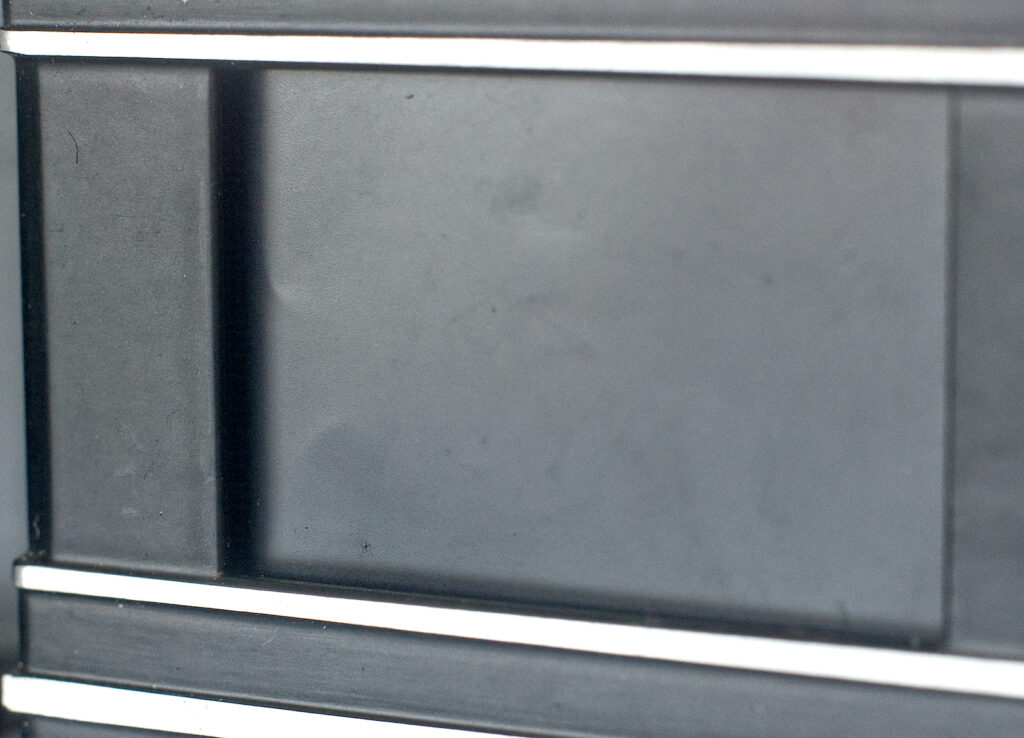
The main problem was that my take didn’t stretch to a matching lens, a 50mm/f1.2 Serenar was also on offer separately but way beyond my budget, beautiful as it was. I ordered a much cheaper Industar 26M standard from ebay.
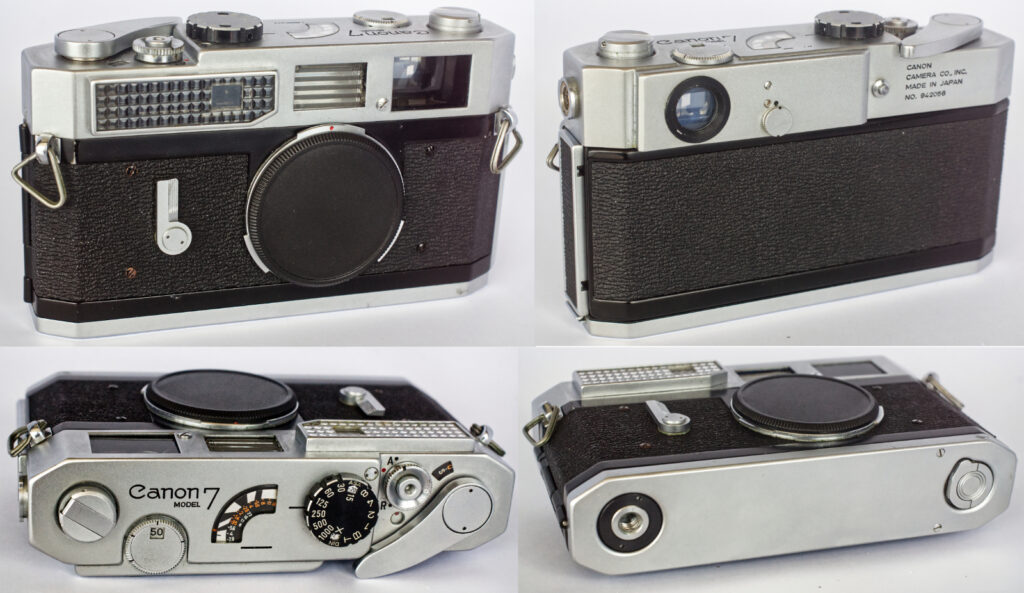
The camera
The Canon range of coupled rangefinder, Leica screw, interchangeable lens cameras were made from the early 1930s to the late 1960s and this was the final model number. An “S” version came later I understand. This model takes the “Dream Lens”, as the f0.95 monster was known, on the outer bayonet of the lens mount.
I must say this is a quality instrument that lives up to all the glowing descriptions I have read though some suggest it was built down to a price. There are many reviews here and elsewhere on line so I will keep this brief.
I reckon I have used some quality gear over the years and this Canon is up there with the best I have experienced. Hard to define but very refined in every way. Smooth film transport, discreet, positive shutter and clear finder.The pictures tell the story but only at the cosmetic level.
One fault and one that appeared after I received it, was the diffusion screen that illuminates the finder frames. This component is only lightly glued in place and without any really positive location, perfectly placed for a finger or thumb to press on it when picking the camera up, something I must have done. Many of those advertised I subsequently checked either showed this loose or had some later adhesive visible around the screen which had had to be re-attached so not an uncommon problem apparently. An example of simplification to favour mass production perhaps and very out of character with the ‘feel’ of the camera overall.
Biggest omission for me is an accessory shoe though I believe there was a, now rare, fitting that provided a mount for flash and other focal length lens finders but not ideal. And a slight niggle is the rather small throw rewind which is not as easy to use as a larger one would be.
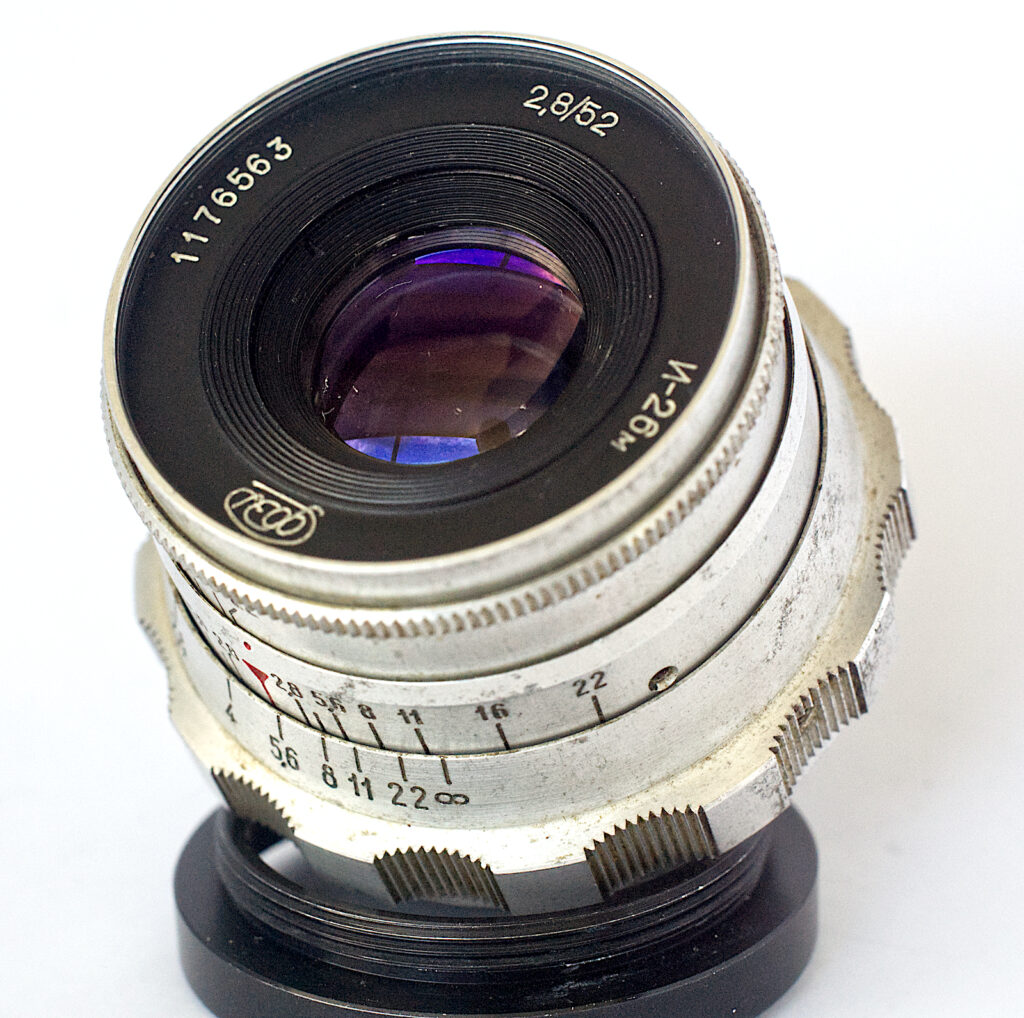
KMZ Industar 26M lens
The Industar 26M is in fair condition but would benefit from a good overhaul of the mechanical parts which I might tackle eventually. The glass, however, is fairly clear, with some faint marks and a tiny bit of dust, but nothing to seriously effect results. The aperture is not click-stopped but holds its position fairly well with the ever present danger of nudging it whilst focussing.
On the camera focus calibration is good when checked at the gate. Altogether perfectly useable.
It is the early version, not having the red “pi” mark indicating advanced coatings on the later ones.
Practical results
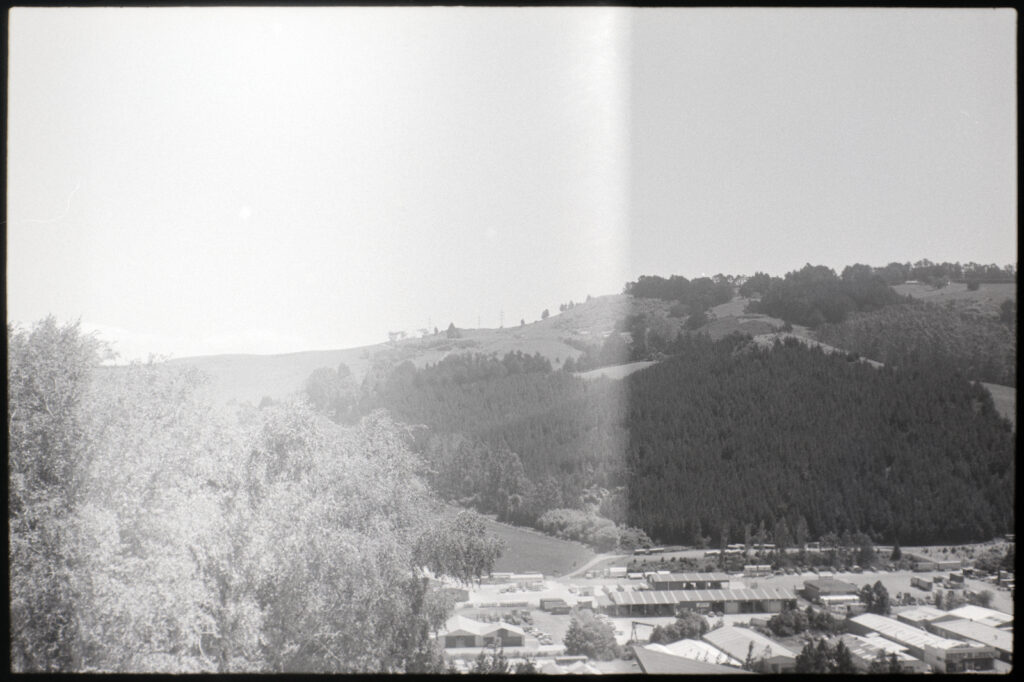
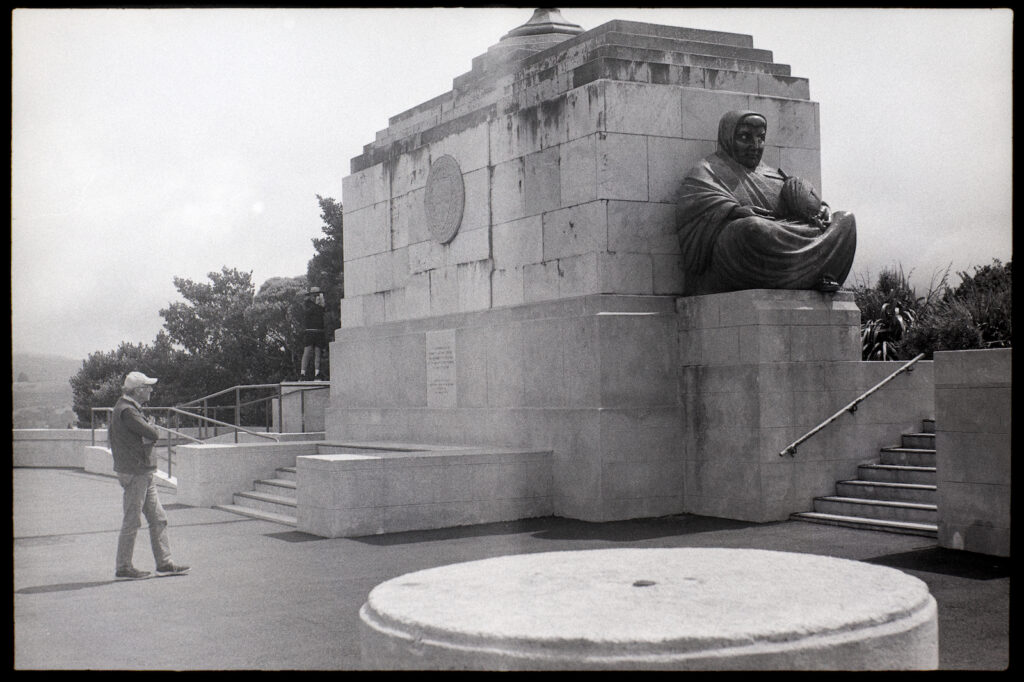
The initial test images confirmed the shutter might be running a little hesitantly, the sky tones in particular showing variable unevenness. It appears the first blind hesitates midway and overexposes half the frame. This may be from lack of use if the condition of the shutter curtains is any indication, and it only affects the occasional frame. It may improve with use too. The camera is around 60 years old, after all, and must have spent a much of its time inactive. With most subjects other than even toned ones it should not be very noticeable. The unevenness showed up very noticeably on a couple of random frames on the second as film shown above.
All the photos are on FP4+ processed in Rodinal 1:50.
In the hand, the camera feels very at home and, as mentioned. operation gives a sense of confidence that it is a quality instrument. Wind on is very smooth, the shutter release quietly positive and the finder/rangefinder easy to use. The selectable frames for a range of lenses is a big advantage, avoiding clutter, and all the dedicated lenses are parallax corrected automatically.

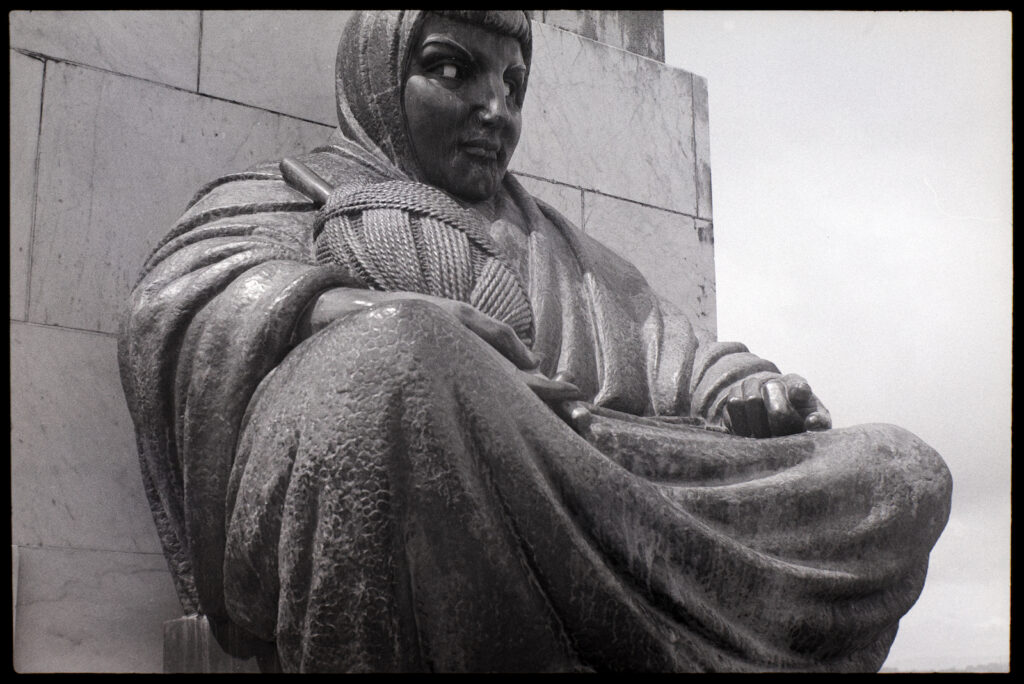
My first serious outing was to one of my usual testing sites at Signal Hill above Dunedin and its impressive bronzes. The Russian lens produced some very adequate images here.
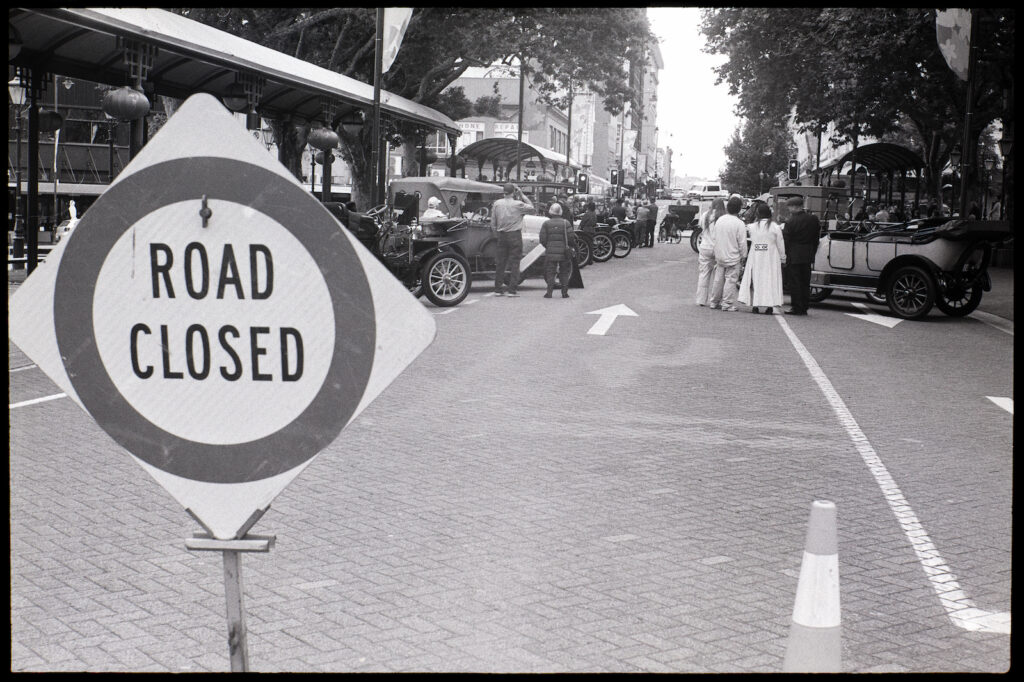
The second outing was to get a few shots of the cars entered in the Brighton Run. This isn’t the one made famous by Genevieve but one held here annually in Dunedin, New Zealand out to the local Brighton a few kilometers along the coast, flagged away by the Mayor from the Octagon in the centre of Dunedin. It attracts a good entry from enthusiastic owners and the condition and performance of these over 100 year old vehicles is impressive. I am always amazed at how quietly and smoothly they run.
These are a few images from the starting line.
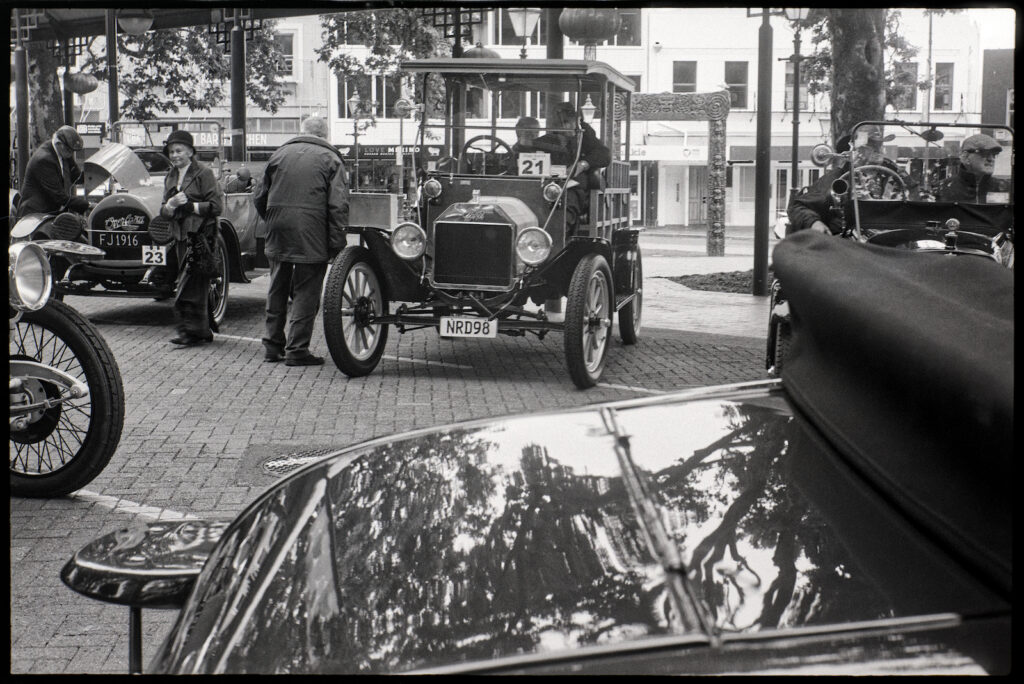
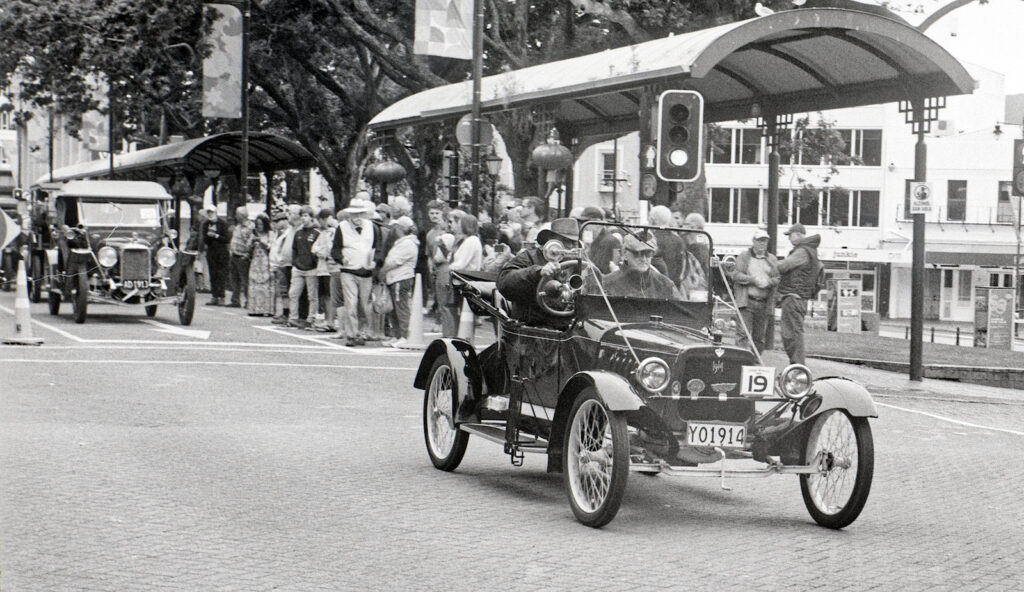
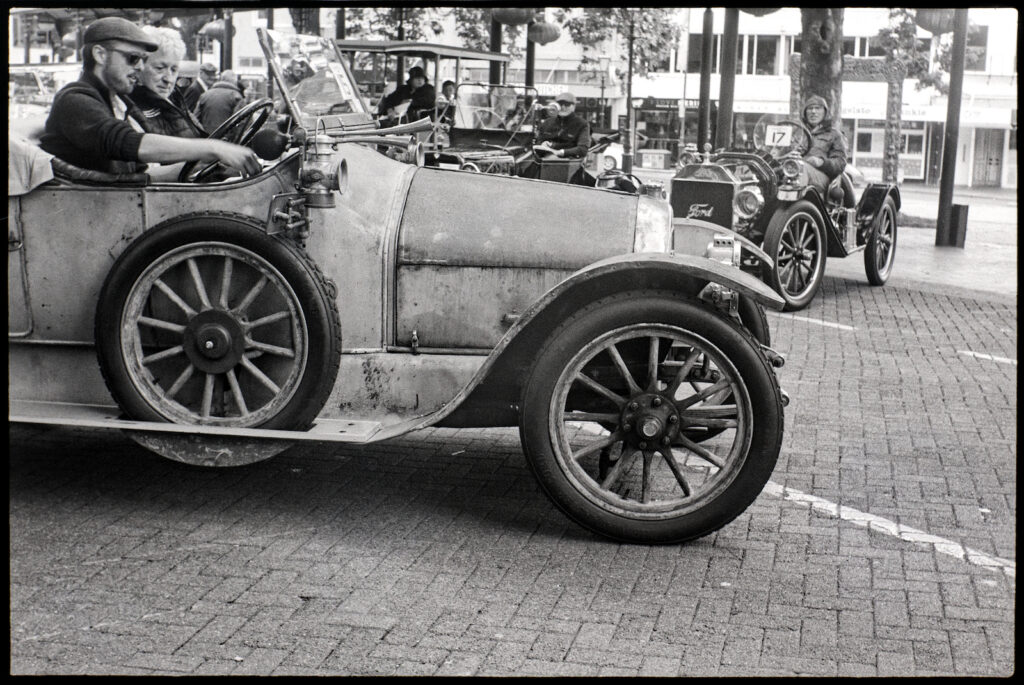
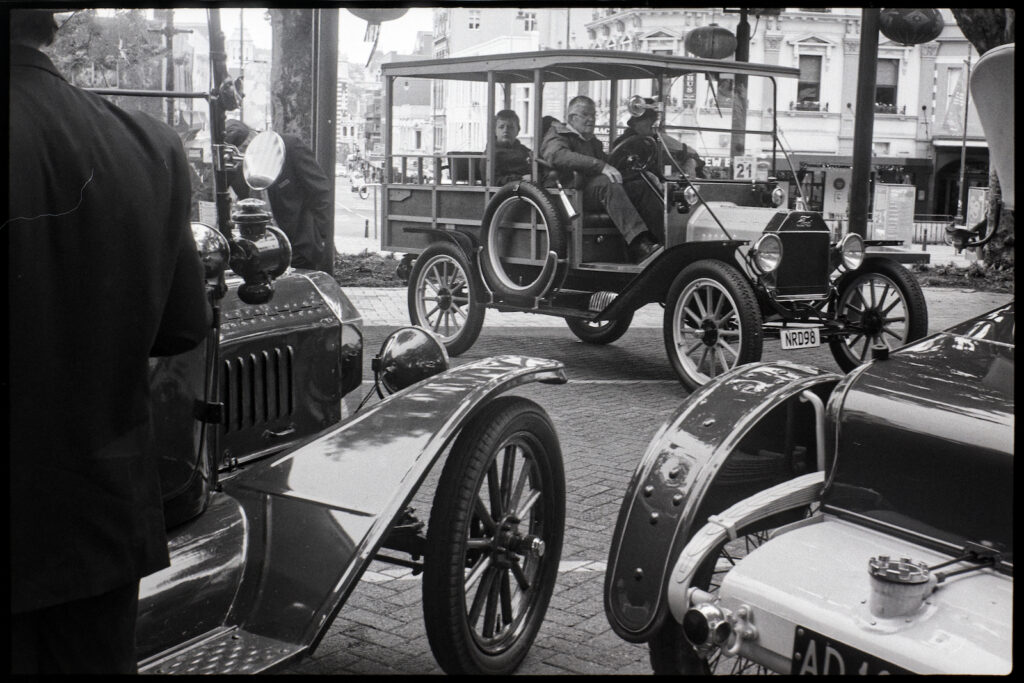

Comment
If you want a reasonably affordable coupled rangefinder camera that is similar in operation to a Leica, the Canon range is a good option. They do not compare with the Leica I imagine in outright quality, but they have some very laudable features. The finders and selectable frames are very convenient, especially as the screw lens mount makes automatic frame selection impossible, reducing the clutter of multiple frames in the finder. And the screw mount itself opens up a wide selection of lenses at not unreasonable cost or even Leitz screw fit glass if you want it. Film loading too is simpler, the hinged back opening more conventionally to allow insertion without needing any special procedures.
Overall, a very capable camera.
Share this post:
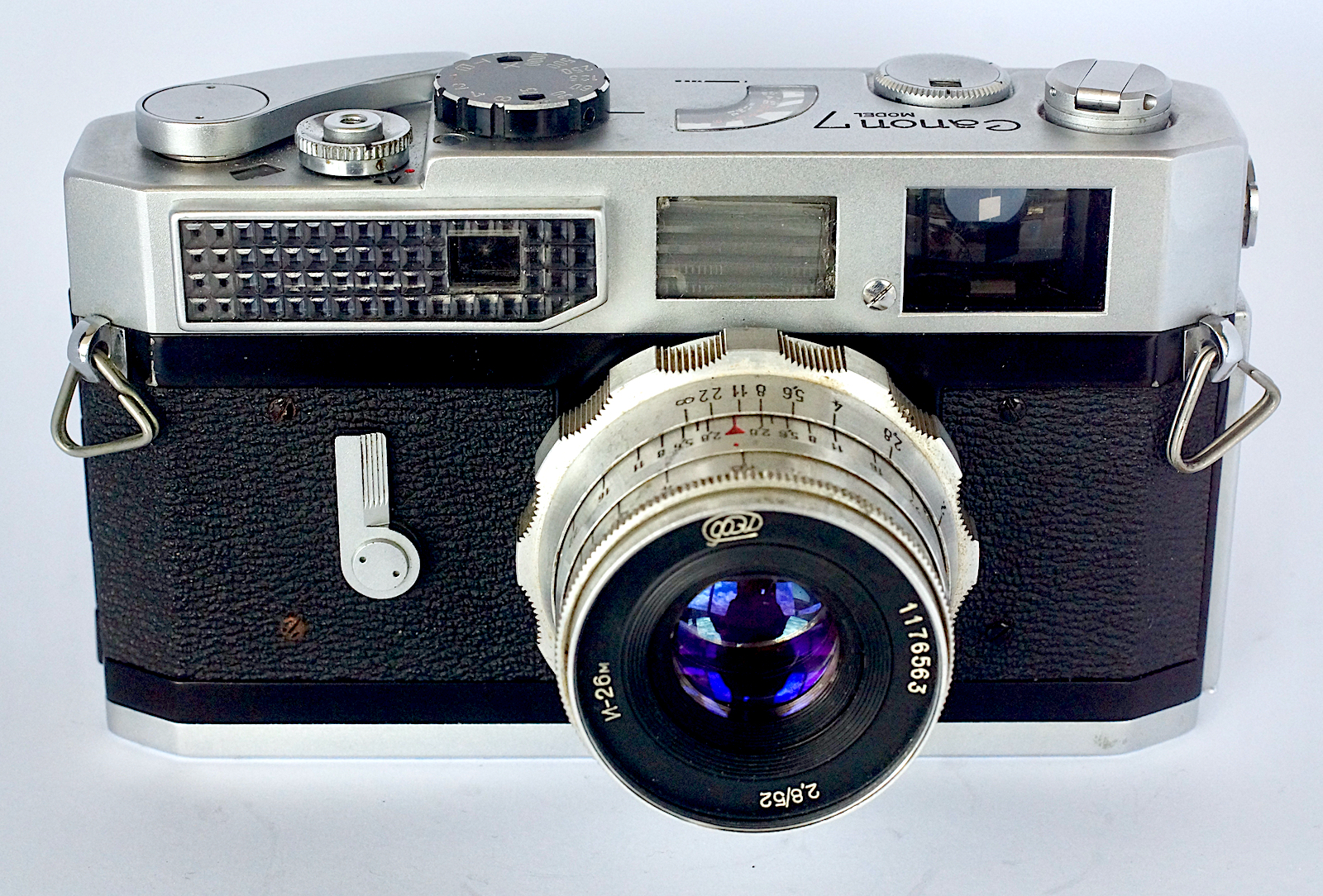
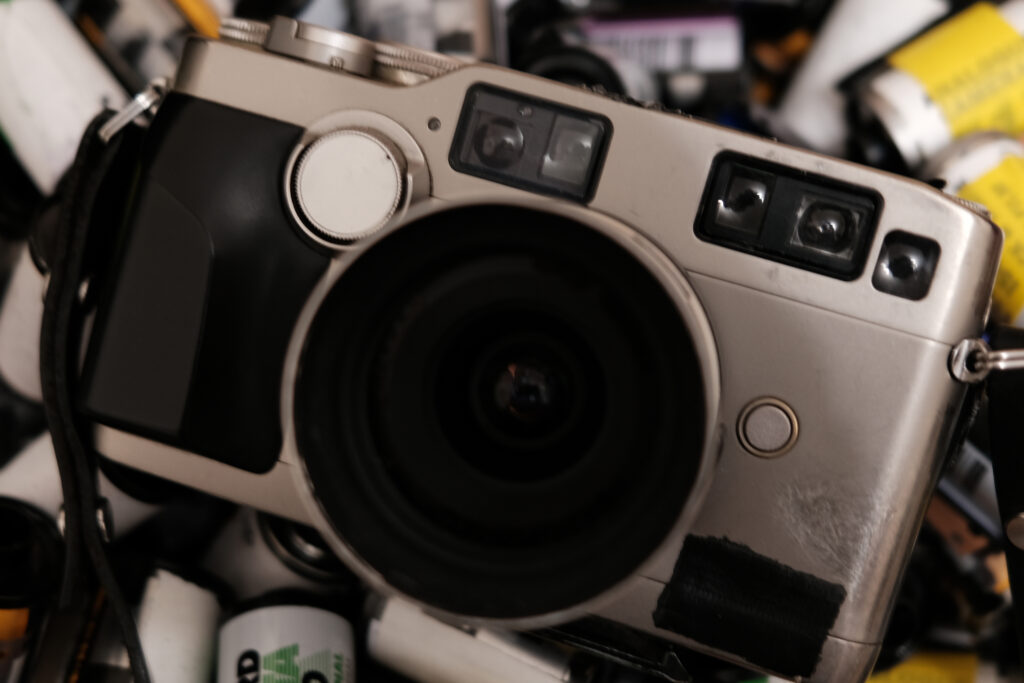
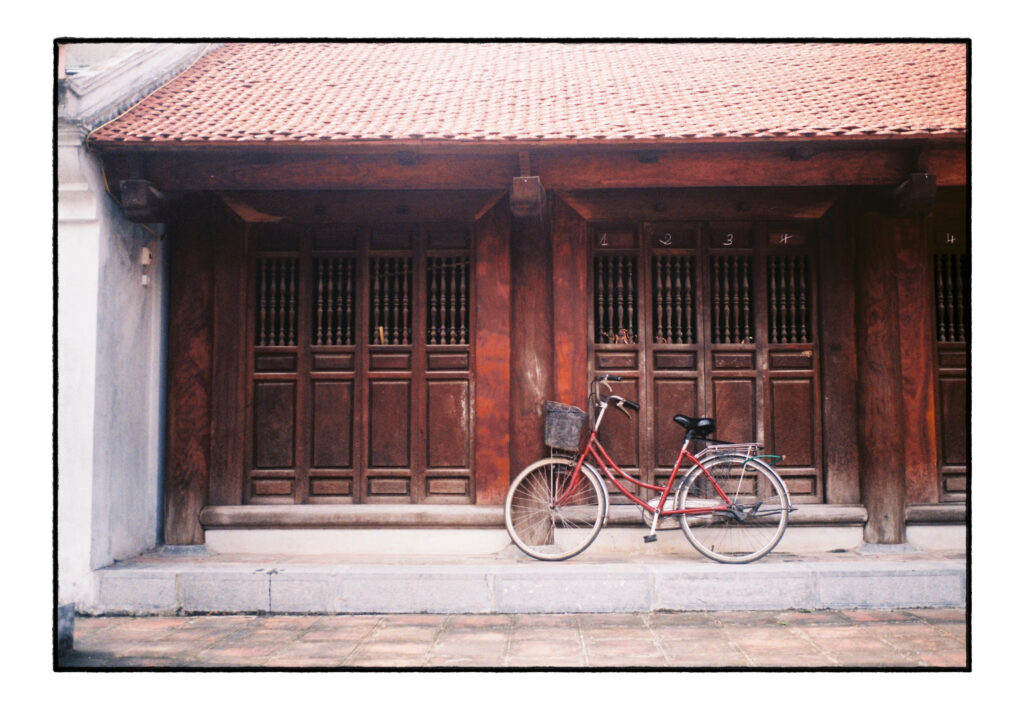
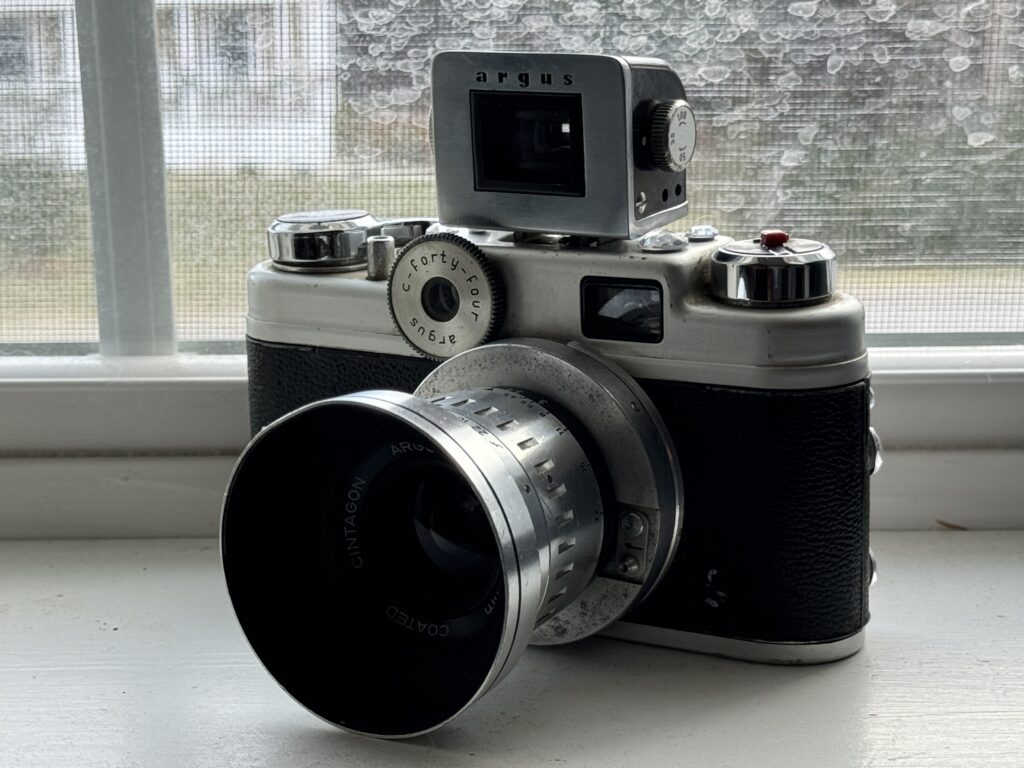
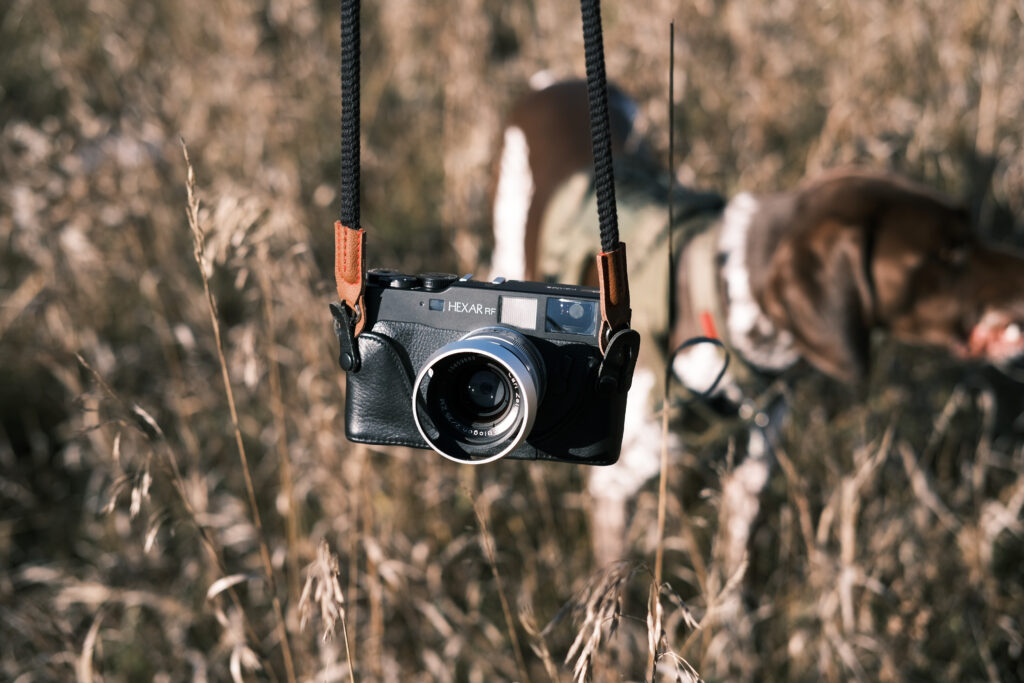
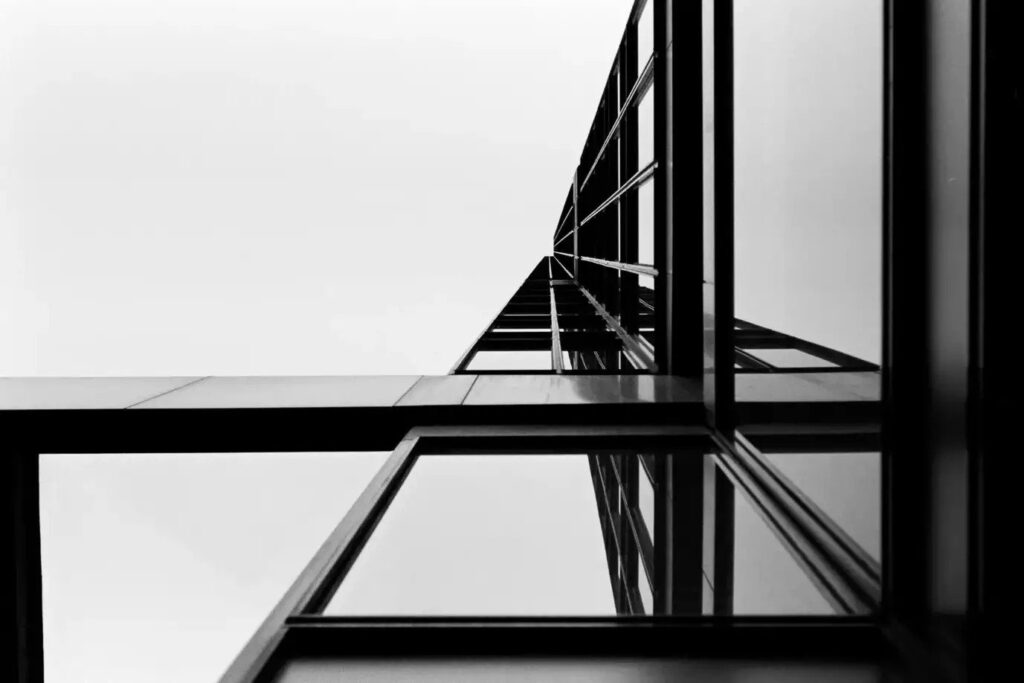
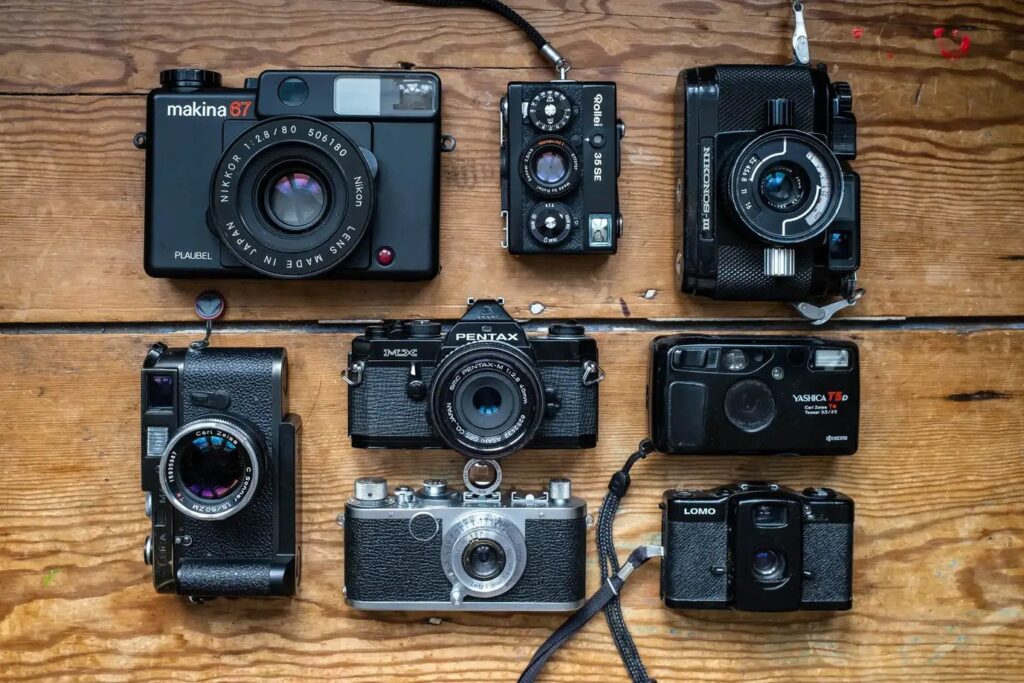
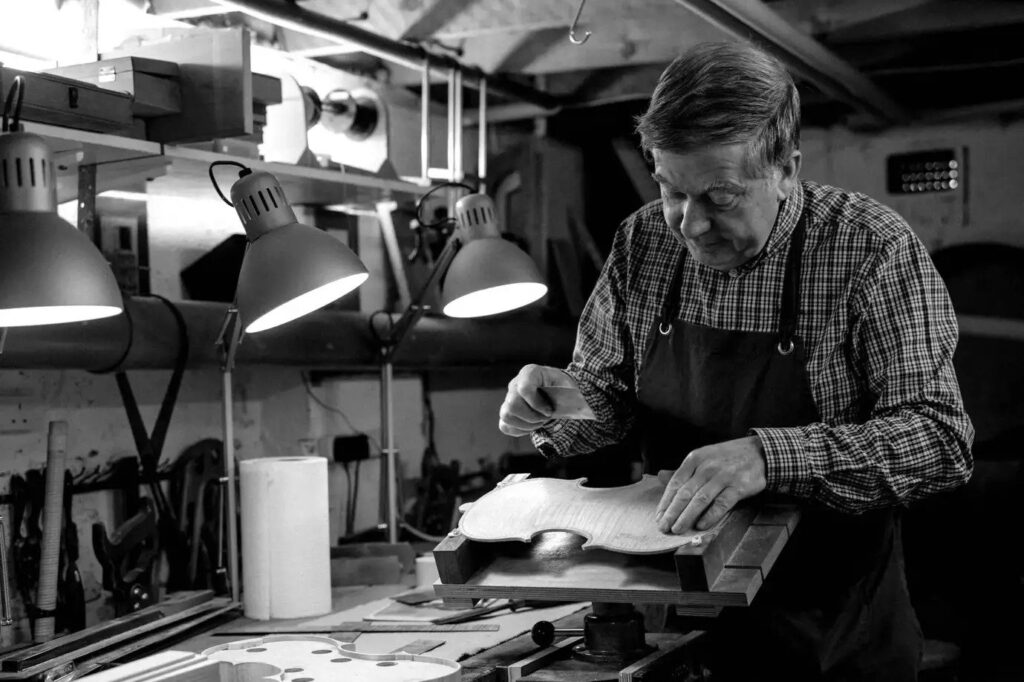
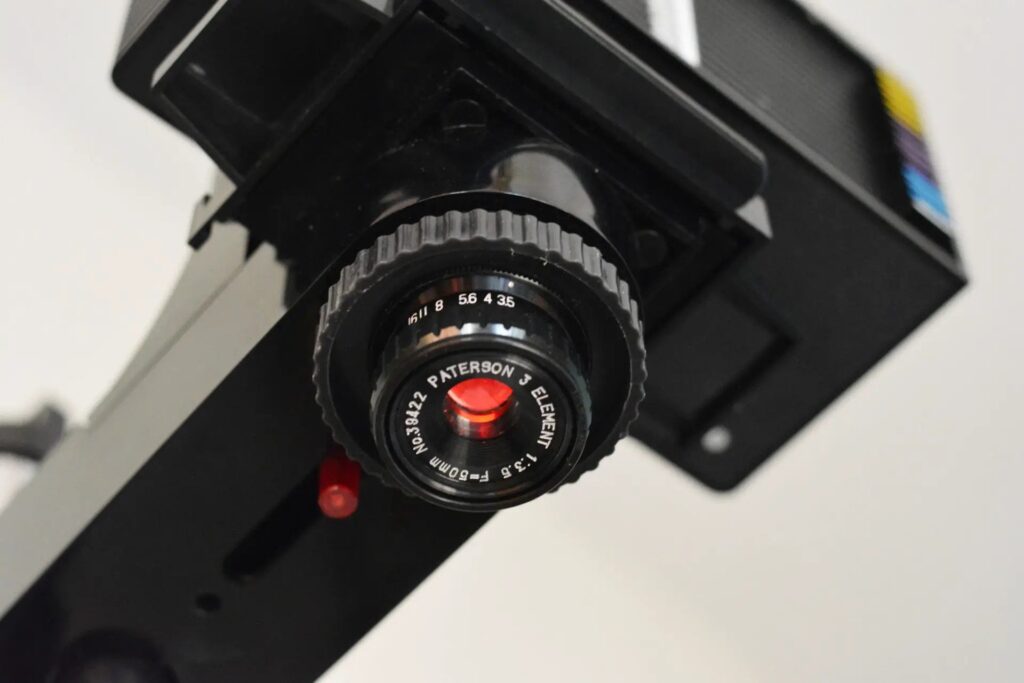
Comments
Martin on Canon 7 and a Industar 26m – Initial thoughts and experiences
Comment posted: 24/02/2025
I was delighted to see a Delage as I sometimes helped a friend of my father to help renovate his. I remeber having been given the task to remove hardened grease from the rear break drum - a work related to solvent sniffing. But that was almost 50 years ago.
Thanks for a nice memory!
Comment posted: 24/02/2025
Bob Janes on Canon 7 and a Industar 26m – Initial thoughts and experiences
Comment posted: 24/02/2025
Have you managed to work out what speeds the capping takes place at?
Comment posted: 24/02/2025
Peter Kay on Canon 7 and a Industar 26m – Initial thoughts and experiences
Comment posted: 24/02/2025
the 7 is not as pretty as the earlier canon rangefinders but in terms of usability it is utterly superb. mine is just a delight to use. Yeah, I would love an M3 but I don't hanker for one any more because I have the Canon. thanks for sharing this pairing. quite often they are reviewed with Noktons, or other lenses that are way out of reach. you have shown that you don't need to pay the earth to get something quite fabulous.
Happy shooting
Pete
Comment posted: 24/02/2025
Jeffery Luhn on Canon 7 and a Industar 26m – Initial thoughts and experiences
Comment posted: 24/02/2025
Thank you for an interesting look at a vintage Canon rangefinder. Did you get to the bottom of the shutter problem? I assume it only affects some speeds, because your photos of the car rally are exceptional. I appreciate the sharpness, composition, and full tonal range of those images. It begs the question, "Is it worth the expense to own a Leica? Would the quality difference be observable?"
It is, of course, a rhetorical question. We could ask the owners of those glorious vintage cars a similar question. "Why bother with the expense and work associated with owning these ancient machines, when you could make the same trip in a Toyota Prius at a fraction of the cost?"
We know the answer. Thank you for pointing out a path to a good shooting experience at a Toyota price.
I admit, I'm a budget guy. But if I get a chance to drive a Leica one day, I'll take it.
Comment posted: 24/02/2025
Comment posted: 24/02/2025
Comment posted: 24/02/2025
Gary Smith on Canon 7 and a Industar 26m – Initial thoughts and experiences
Comment posted: 24/02/2025
Your shots look great and I may need some HP4 for the Toyo (although I may have trouble making it through 50 sheets of Fomapan 100).
Comment posted: 24/02/2025
Geoff Chaplin on Canon 7 and a Industar 26m – Initial thoughts and experiences
Comment posted: 25/02/2025
Comment posted: 25/02/2025
Andreas Berg on Canon 7 and a Industar 26m – Initial thoughts and experiences
Comment posted: 25/02/2025
Comment posted: 25/02/2025